Tired of waiting for butterflies and hummingbirds to find your garden? Meet the Joe Pye Weed, a tall, native beauty that bursts into vibrant pink clusters each summer.
In about a minute, you’ll learn why this plant is a pollinator magnet and how to grow it effortlessly in your own yard.
Meet the Joe Pye Weed
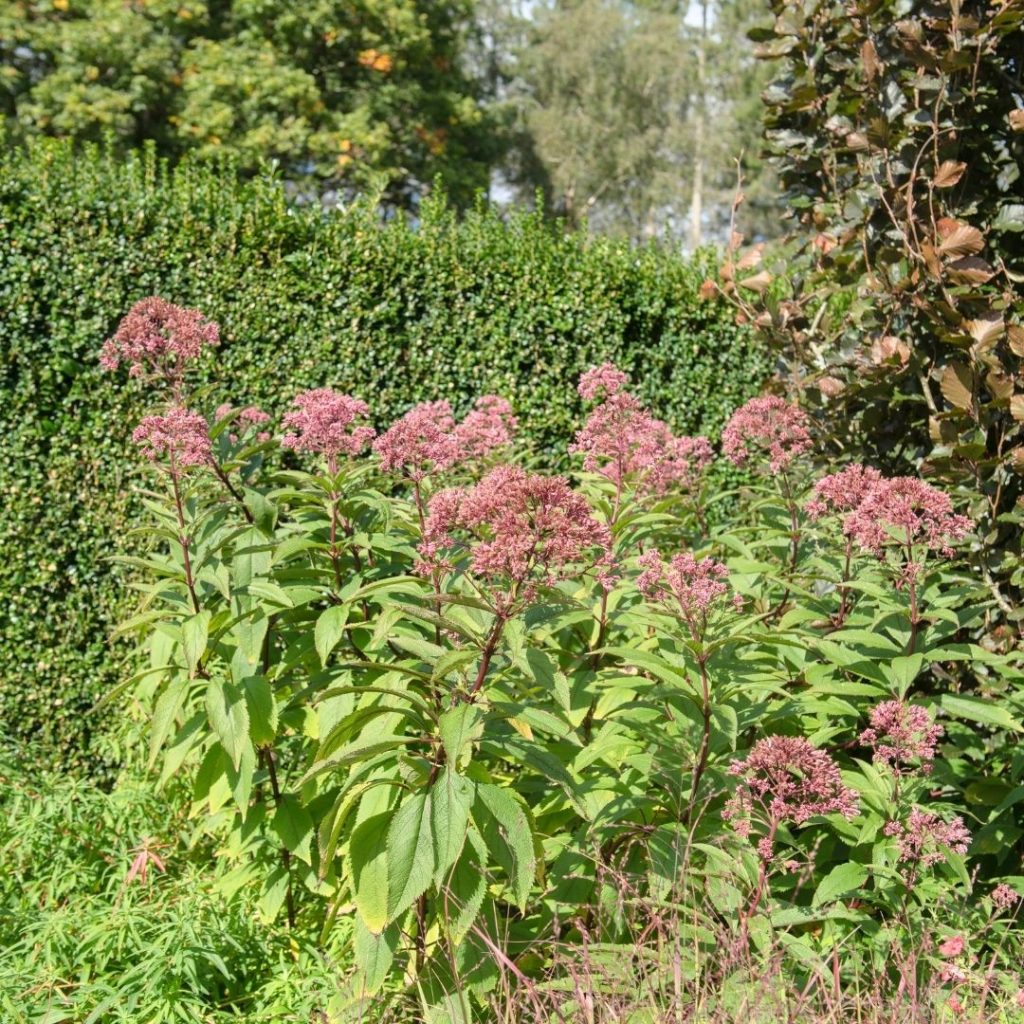
Joe Pye Weed (Eutrochium spp.) is a tall native perennial known for its dome-shaped clusters of pinkish‑purple flowers. It can reach heights of 4–7 feet, creating a striking backdrop in any garden.
Originally named after an 18th‑century herbalist, this plant was once prized for medicinal uses—but today it’s best loved for attracting pollinators.
When I first planted Joe Pye Weed in my own garden, I was amazed by how quickly bees and butterflies discovered it.
Why Pollinators Love Joe Pye Weed
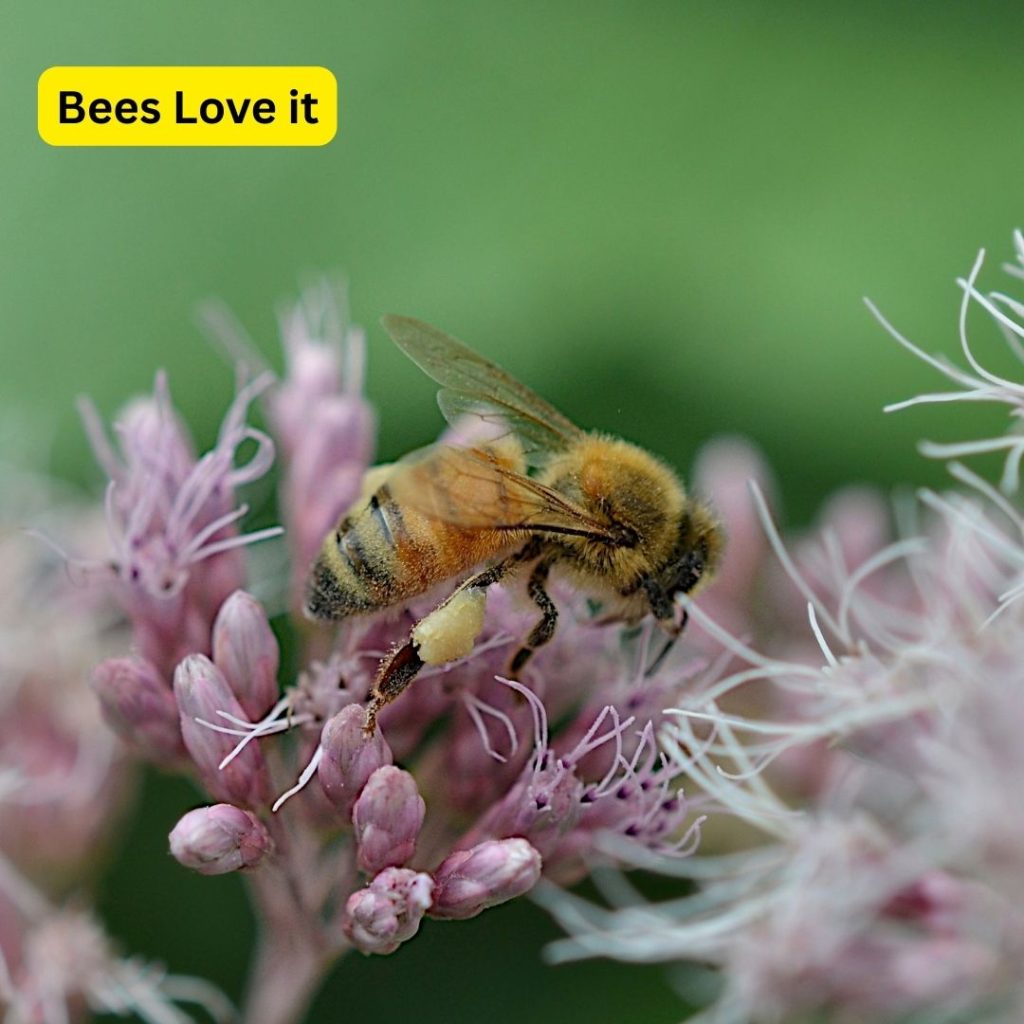
The umbrella‑shaped blooms offer plenty of nectar for butterflies, bees, and hummingbirds. It’s like a buffet in late summer when other flowers may be fading.
Monarchs, swallowtails, and ruby‑throated hummingbirds flock to its clusters, helping your garden buzz with activity.
I remember watching a hummingbird hover for minutes on end, sipping away at each tiny bloom.
Native Habitat and Range
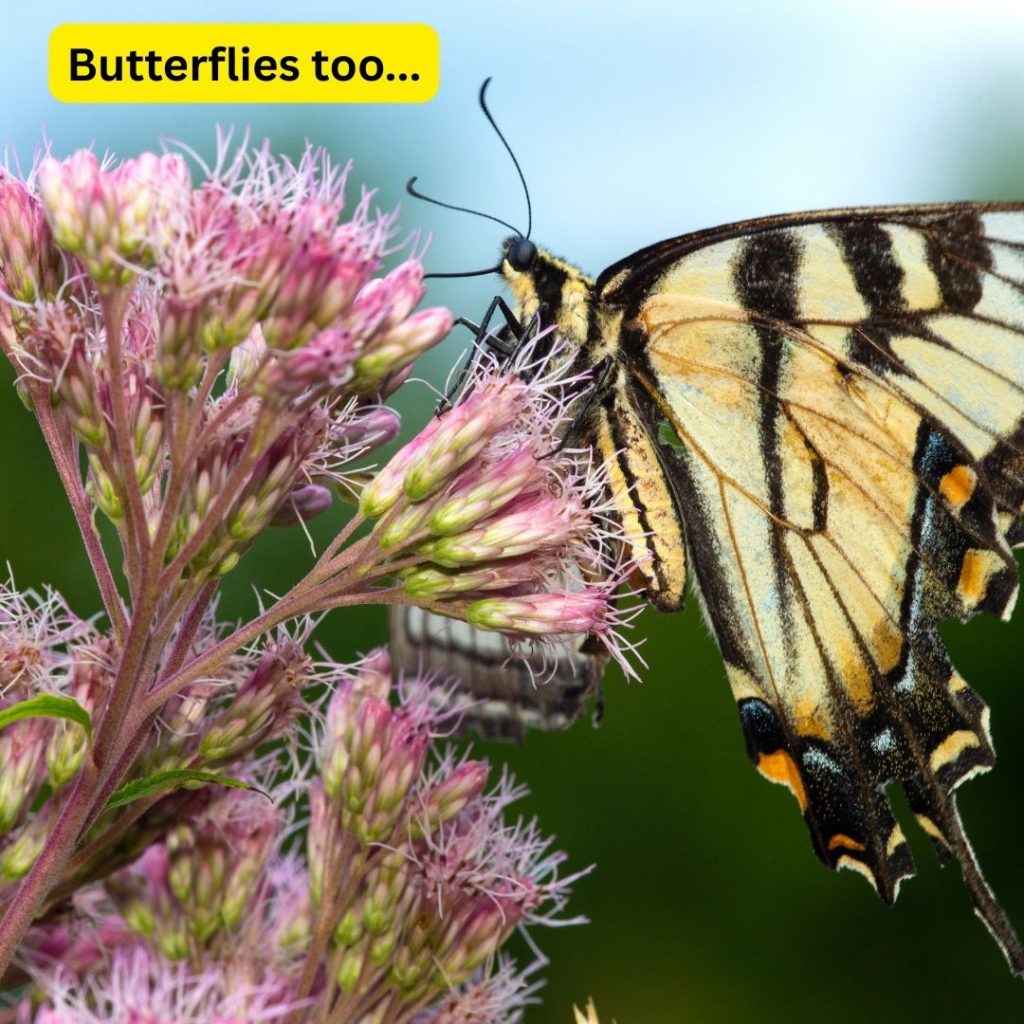
Joe Pye Weed thrives across eastern and central North America, from Maine to Minnesota and down to Georgia.
It naturally grows in moist meadows, wetlands, and along stream banks.
Because it’s native, it’s well‑adapted to local climates and supports native insect populations.
Planting native wildflowers like Joe Pye Weed helps restore ecological balance right in your backyard.
There’s a perfect Joe Pye for every garden!
Considering planting “Joe”? There’s a variety for most situations. You can get the perfect height, bloom color, and growth habit for your garden.
Eutrochium purpureum (‘Joe Pye Weed’)
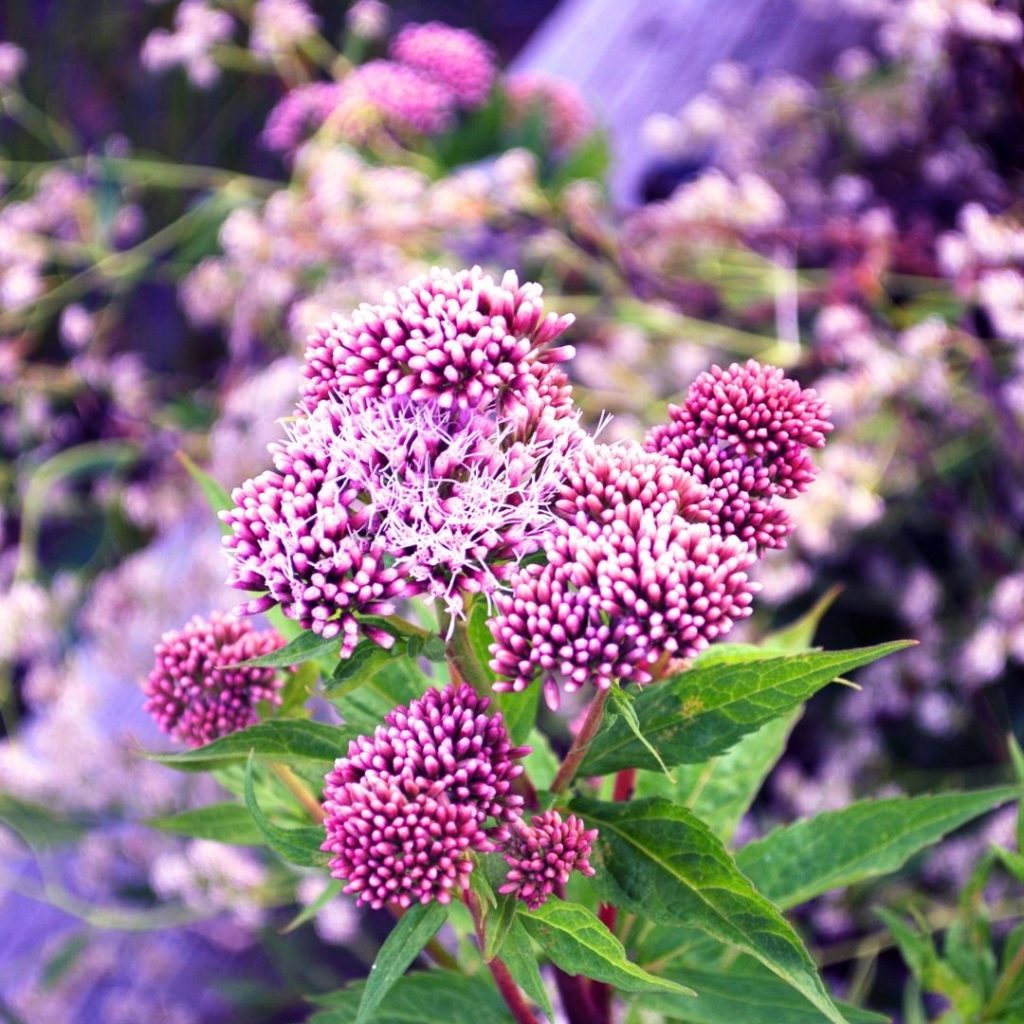
- Height: 4–6 feet
- Bloom Color: Soft pink to lavender
- Bloom Time: July to September
Eutrochium maculatum (‘Spotted Joe Pye’)
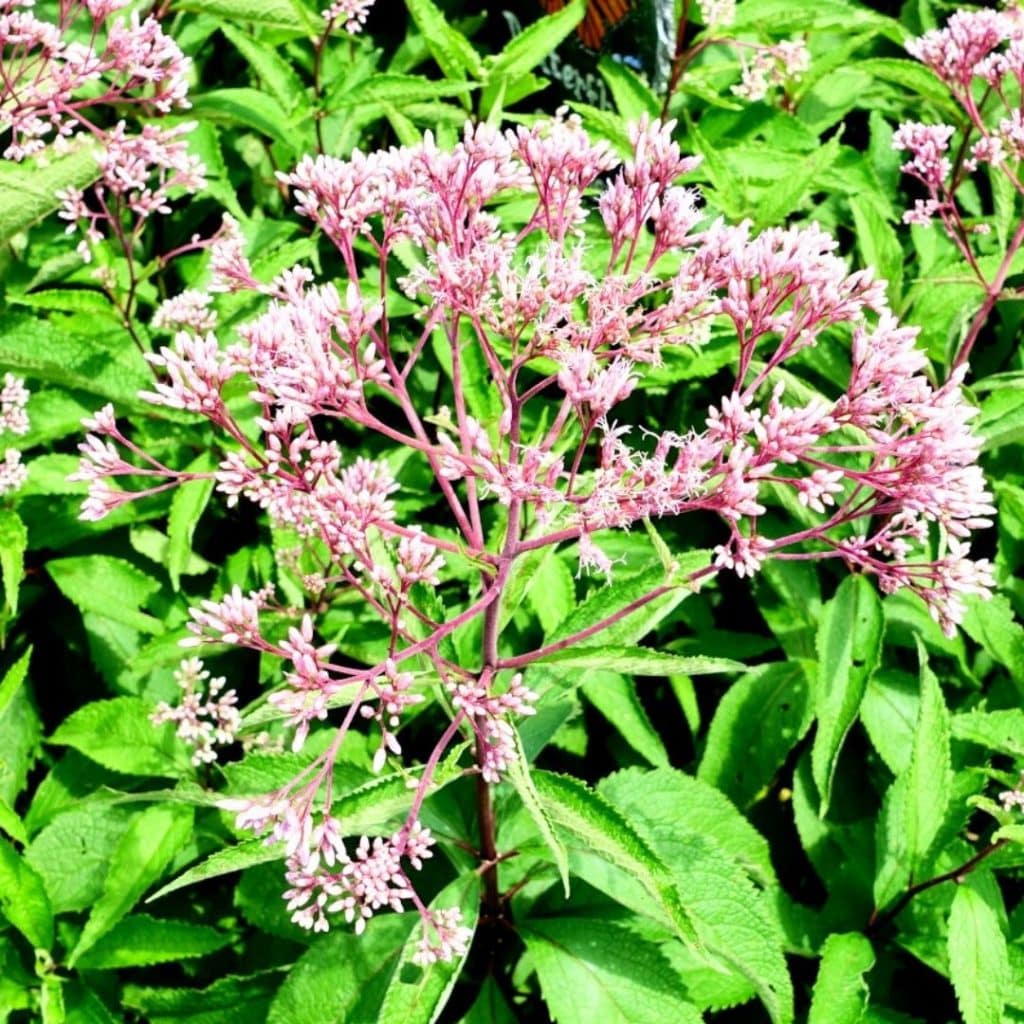
- Height: 5–7 feet
- Bloom Color: Bright rose‑purple
- Bloom Time: Mid‑July to October
Eutrochium dubium (‘Little Joe’)
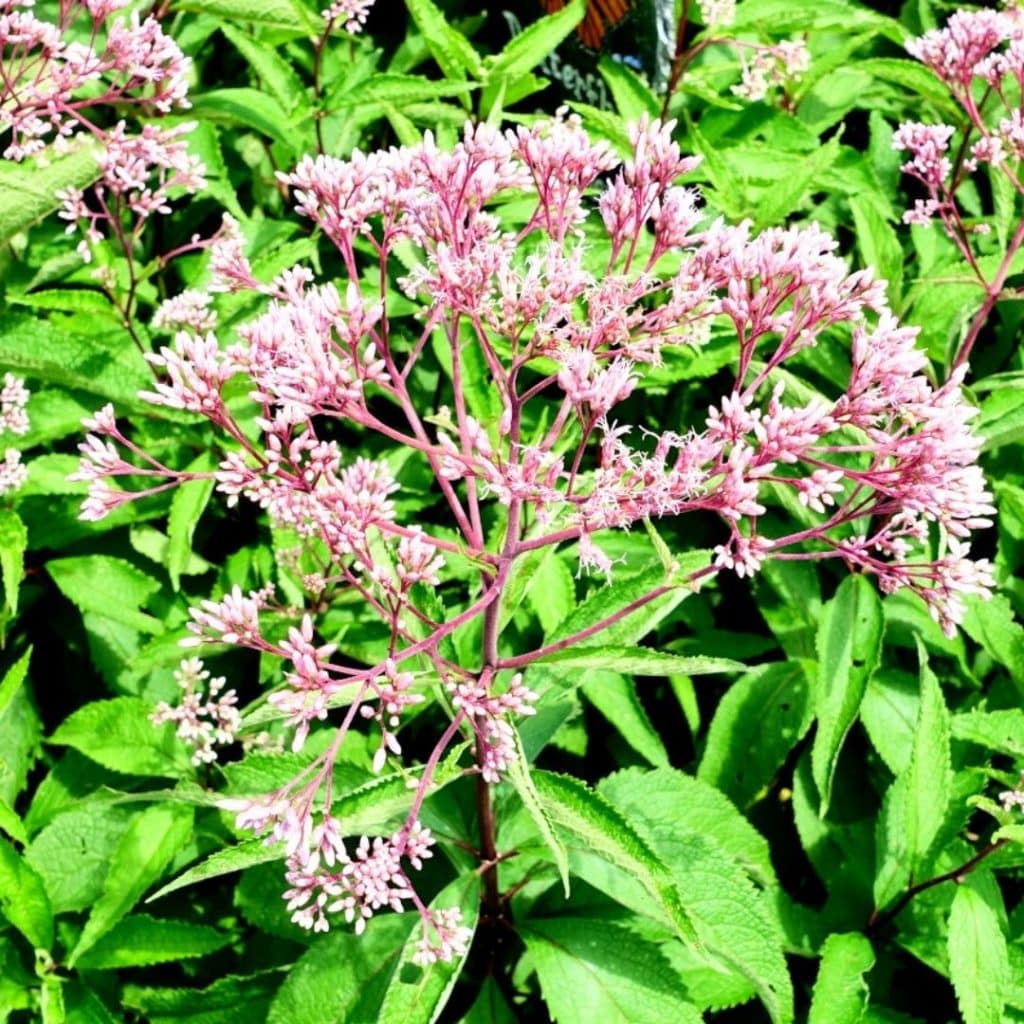
- Height: 2–3 feet
- Bloom Color: Pale pink
- Bloom Time: August to early October
Each variety offers similar pollinator appeal with slight differences in scale and color intensity.
How to Plant and Care for Joe Pye
Since Joe Pye is native to most US States, if you plant it in the right spot with the right soil, there’s not a whole lot to do once you get it in the ground.
Joe Pye grows fine in:
AL, AR, CT, DE, FL, GA, IL, IN, IA, KS, KY, LA, MD, MA, MI, MN, MS, MO, NE, NH, NJ, NY, NC, OH, OK, PA, RI, SC, TN, VT, VA, WV, WI
Sunlight
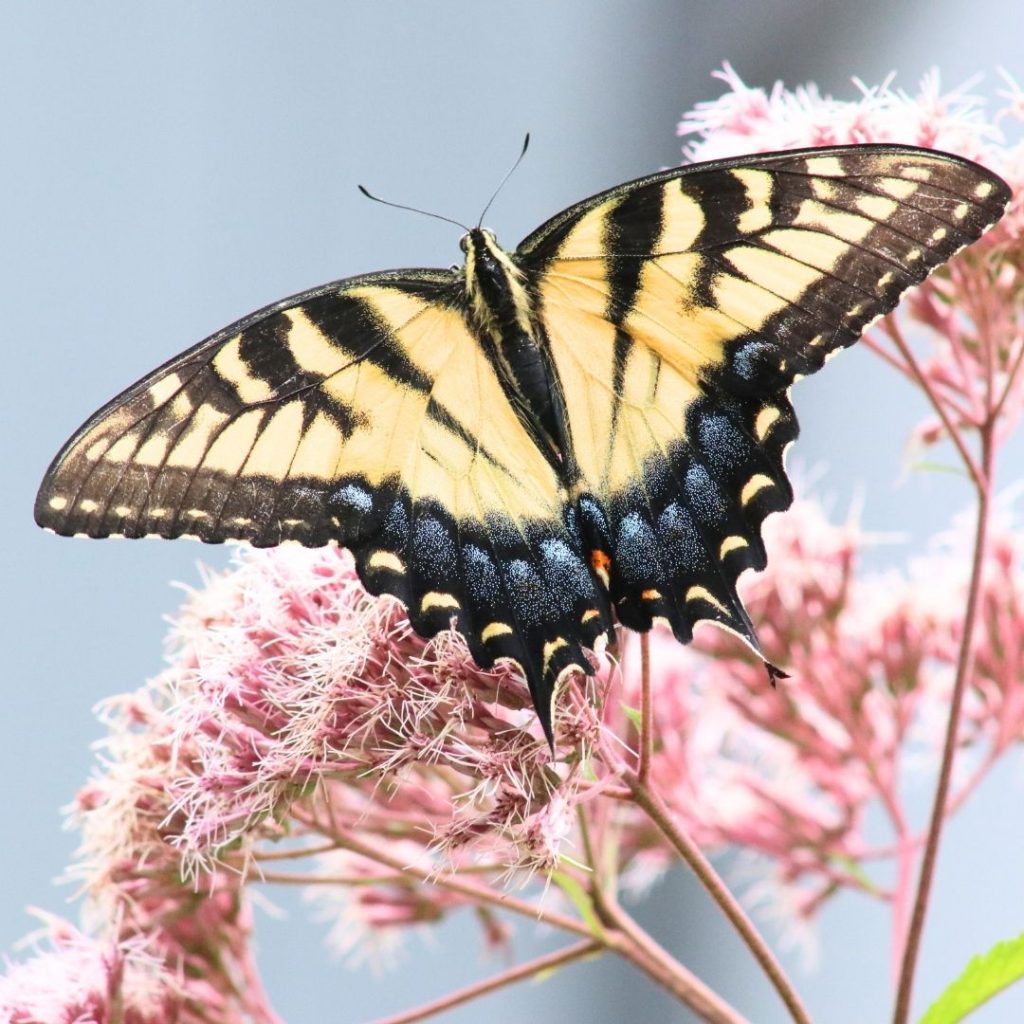
Choose a spot that receives at least six hours of sunlight per day. Afternoon shade can help prevent wilting in hotter regions.
Plant Joe Pye Weed in spring after the danger of frost has passed. Space plants about 2–3 feet apart to allow good air circulation.
I once transplanted a clump in late April, and by mid‑July it was already blooming profusely.
Soil and Light Requirements
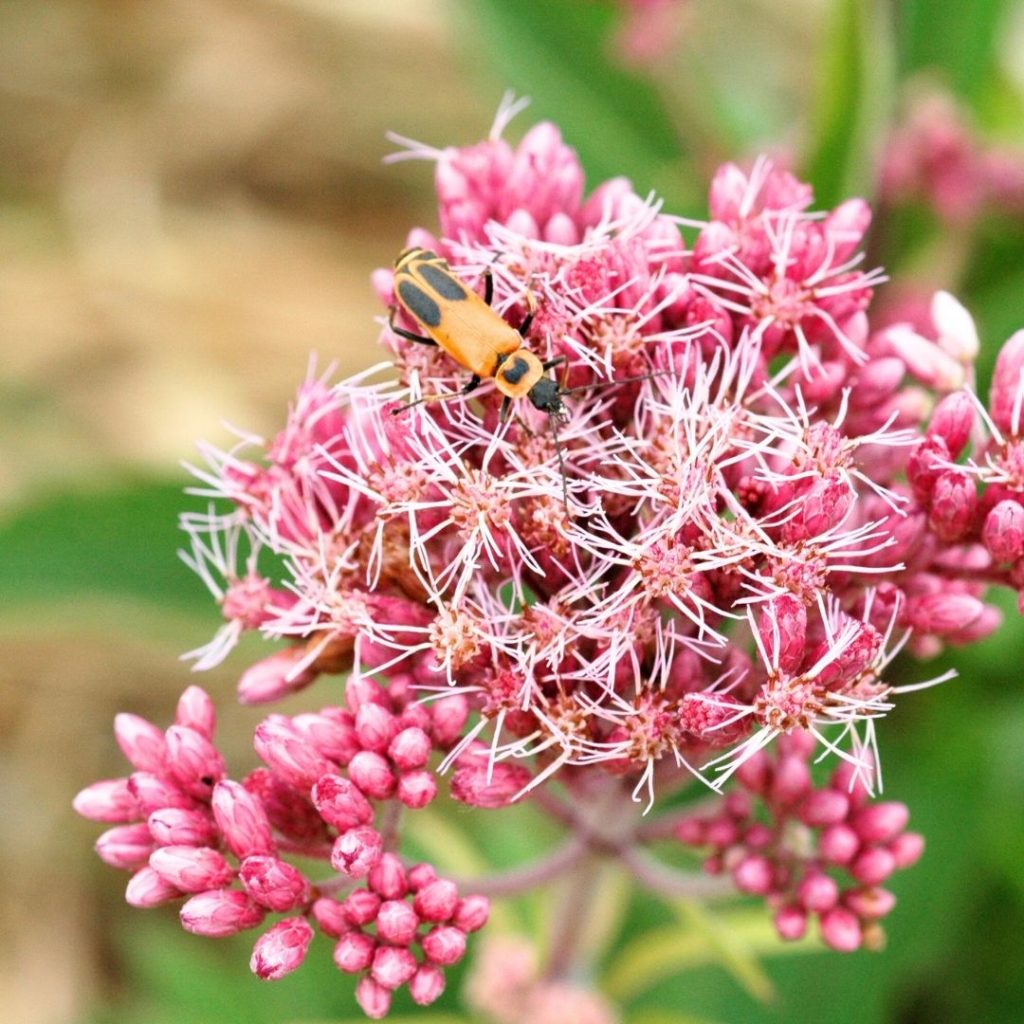
This wildflower prefers moist, well‑draining soil rich in organic matter. It can handle clay soils as long as drainage is adequate.
Full sun to partial shade works best—more shade may reduce flowering.
Amending the soil with compost before planting always boosts its vigor in my garden beds.
Watering and Fertilization
Keep soil consistently moist during the first growing season to establish deep roots. Once established, occasional supplemental watering during dry spells is enough.
Apply a balanced, slow‑release fertilizer in spring to encourage strong growth and abundant blooms.
My plants rewarded me with taller stems and larger flower heads when I fed them lightly each spring.
Maintenance Tips
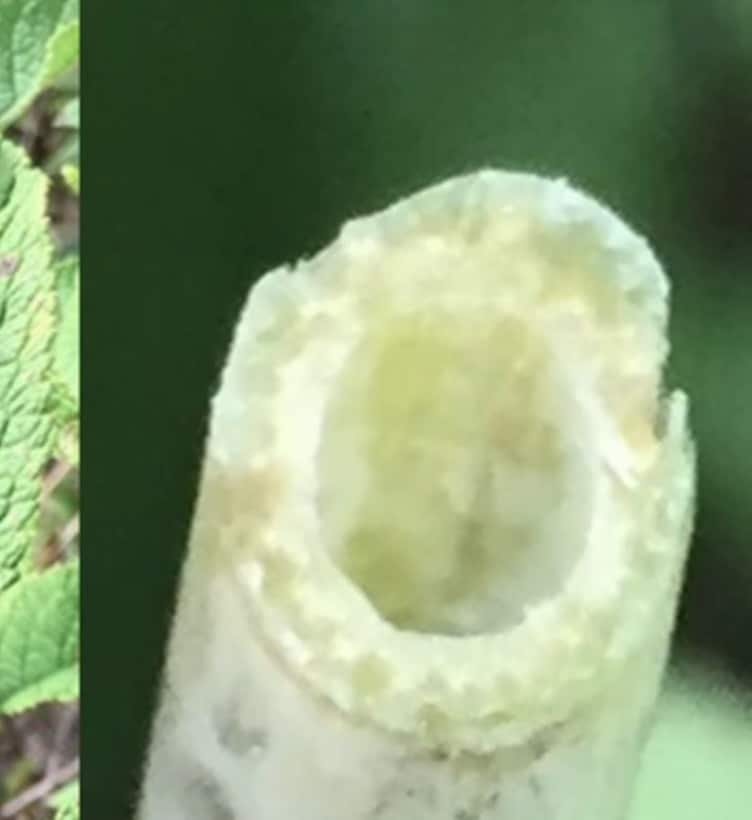
- Cut back spent stems in late fall or early spring to tidy up the garden and stimulate fresh growth.
- Divide clumps every 3–4 years in early spring to rejuvenate plants and prevent overcrowding.
- A light layer of mulch around the base helps retain moisture and suppress weeds.
They’re a late bloomer
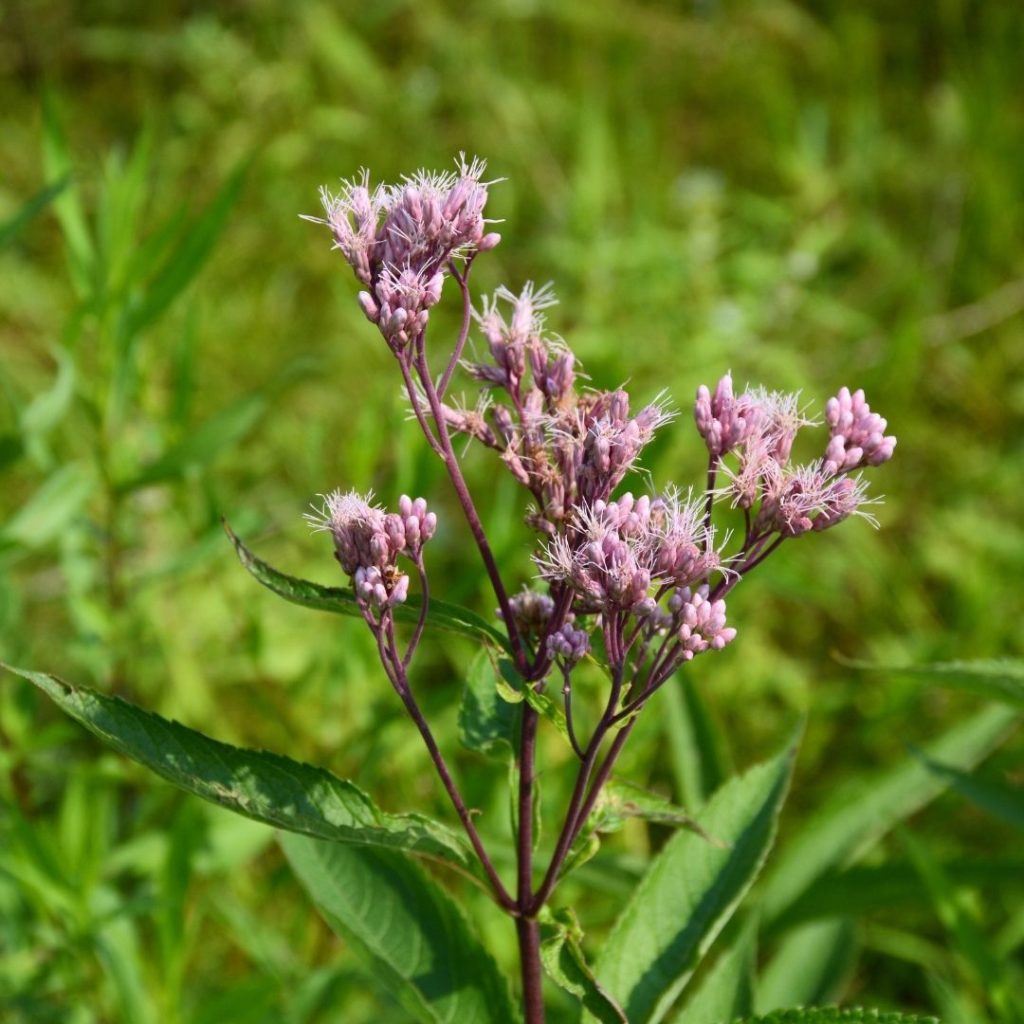
Joe Pye Weed offers late‑season color precisely when many other perennials wind down.
Its purple seed heads also provide winter interest and food for birds like goldfinches.
Watching the fading blooms turn into silvery clusters adds a nostalgic touch to your winter landscape.
Companion Plants That Work Well with JP
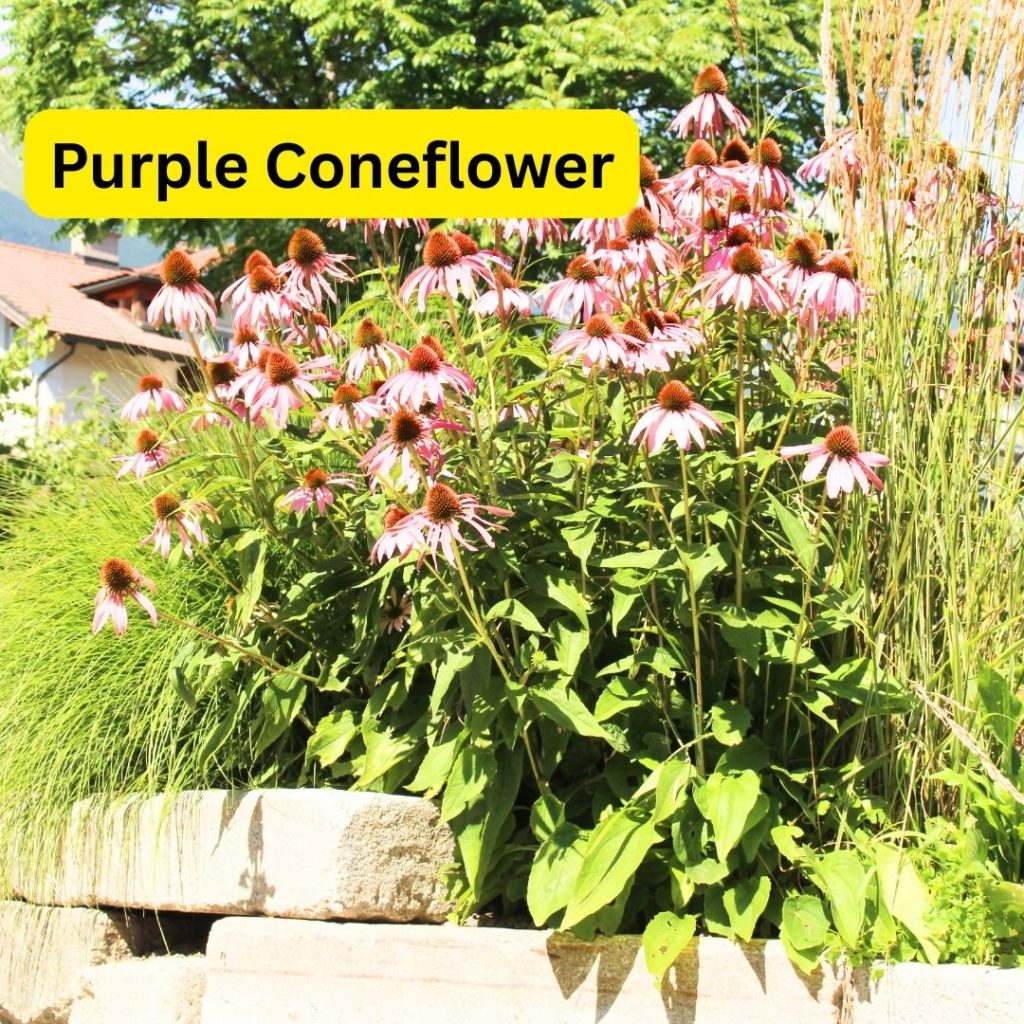
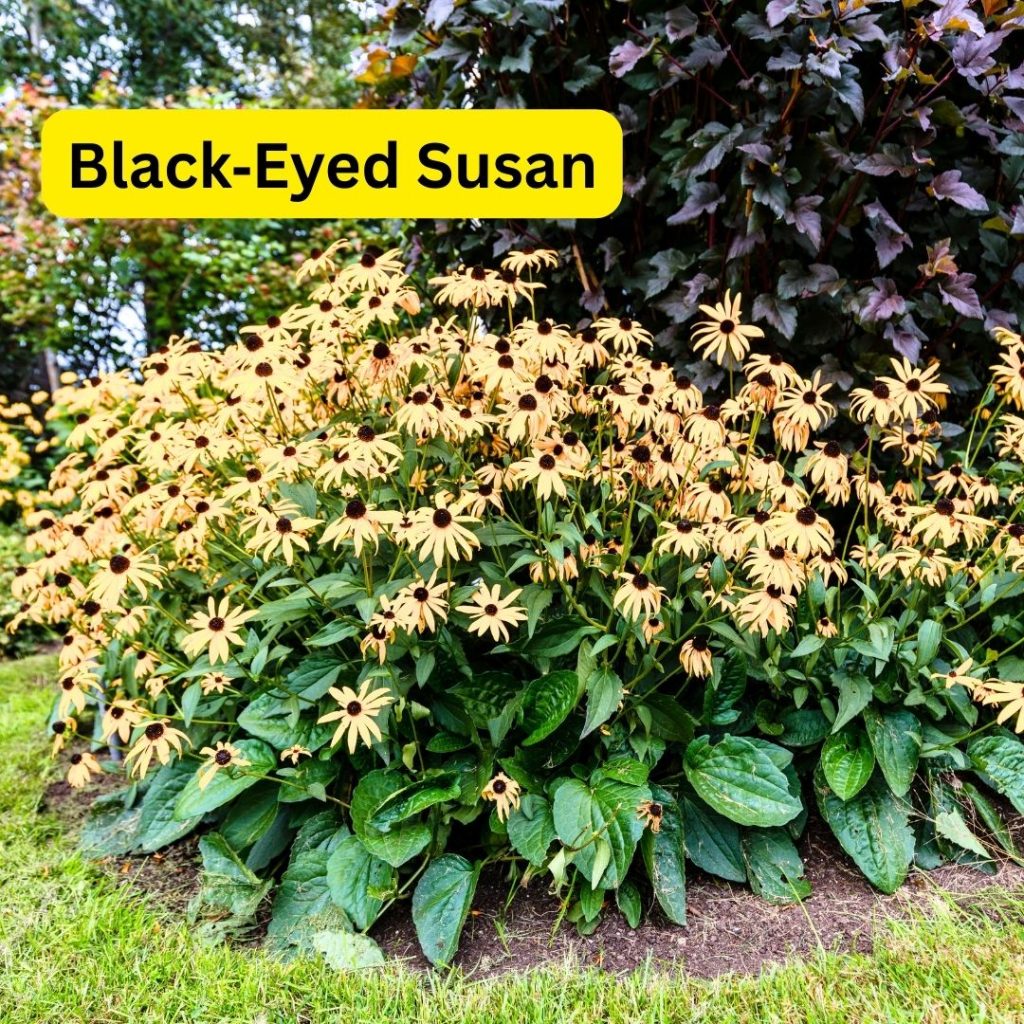
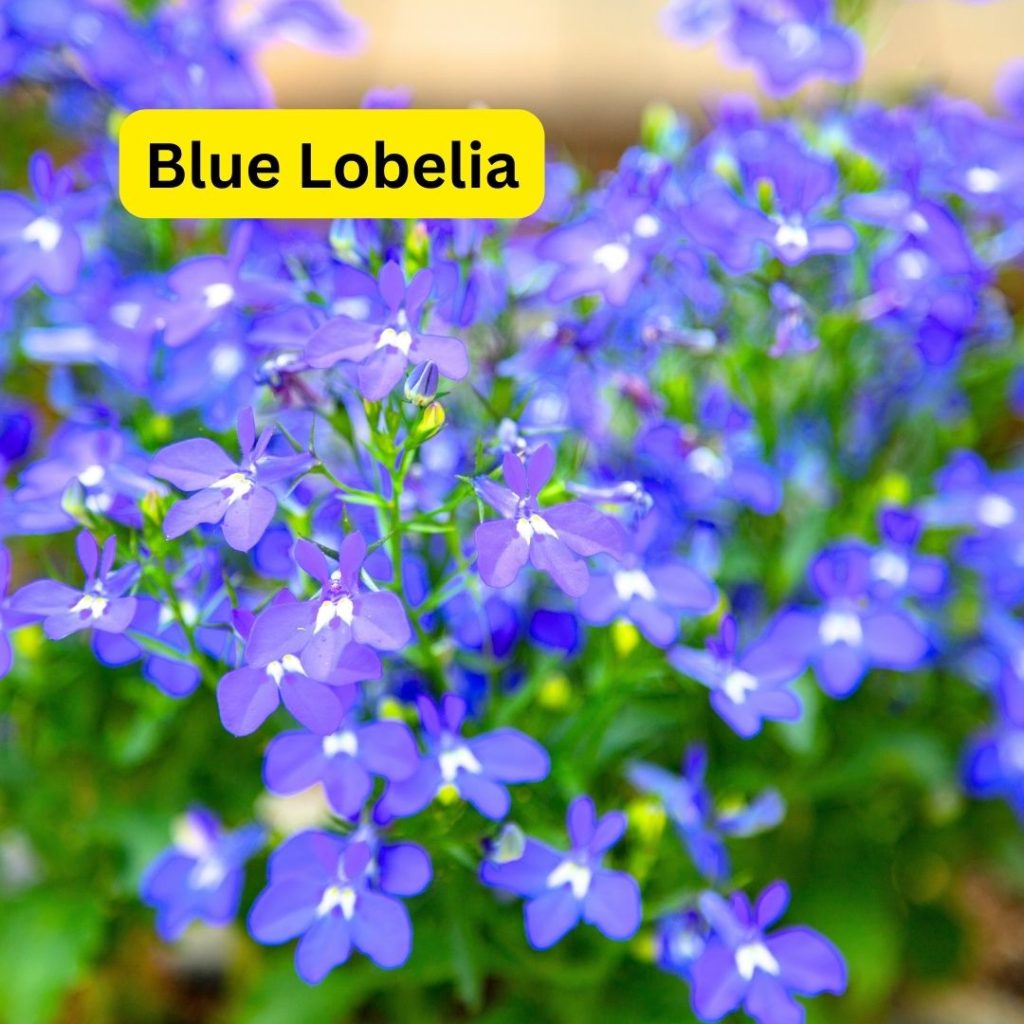
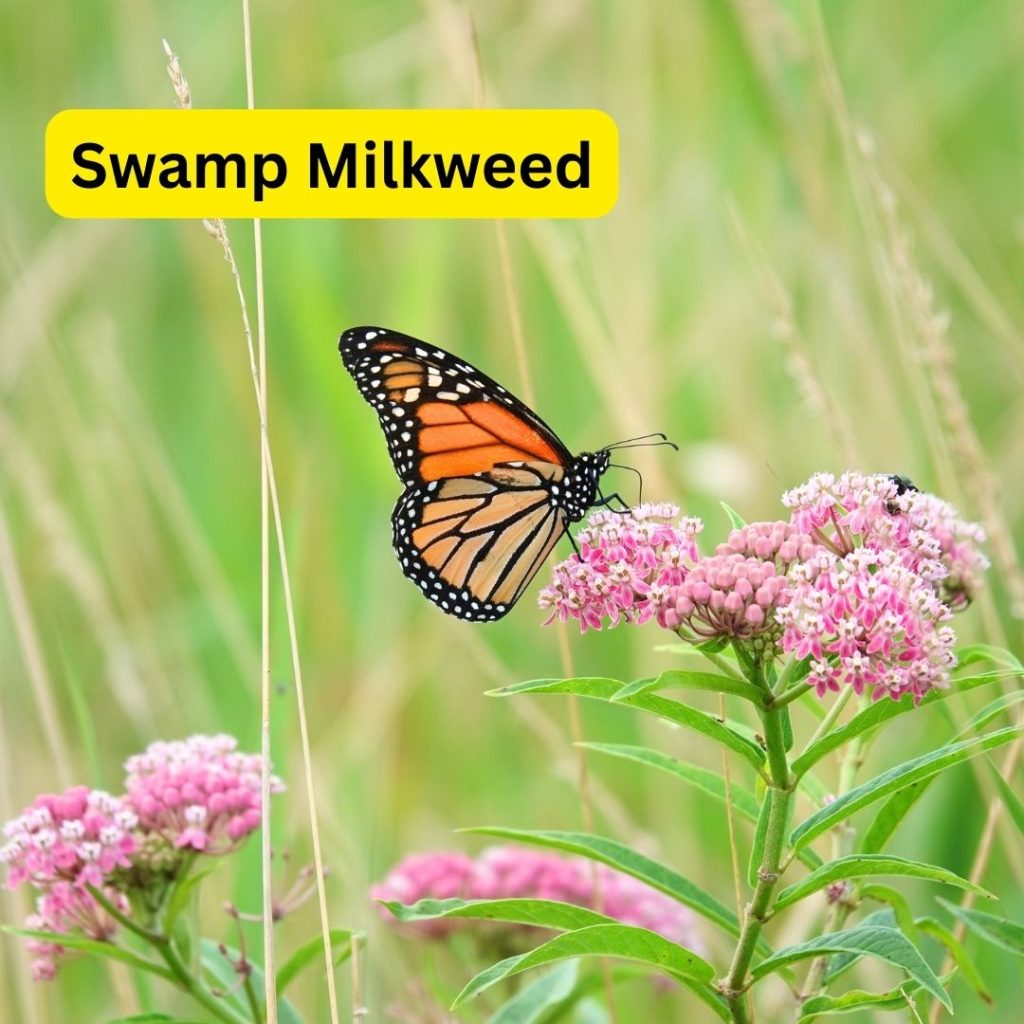
Pair Joe Pye Weed with these beauties for a dynamic pollinator border:
- Swamp Milkweed (Asclepias incarnata): Attracts monarchs and bees.
- Blue Lobelia (Lobelia siphilitica): Adds cool blue contrast.
- Black‑Eyed Susan (Rudbeckia hirta): Extends color into fall.
- Purple Coneflower (Echinacea purpurea): Provides sturdy support.
Together, they create a vibrant, wildlife‑friendly meadow in your own yard
Use Joe Pye Weed at the back of perennial borders for height and drama.
Combine with shorter perennials in front for layered depth—think vibrant orange, yellow, and blue blooms.
Common Pests, Diseases, and Troubleshooting
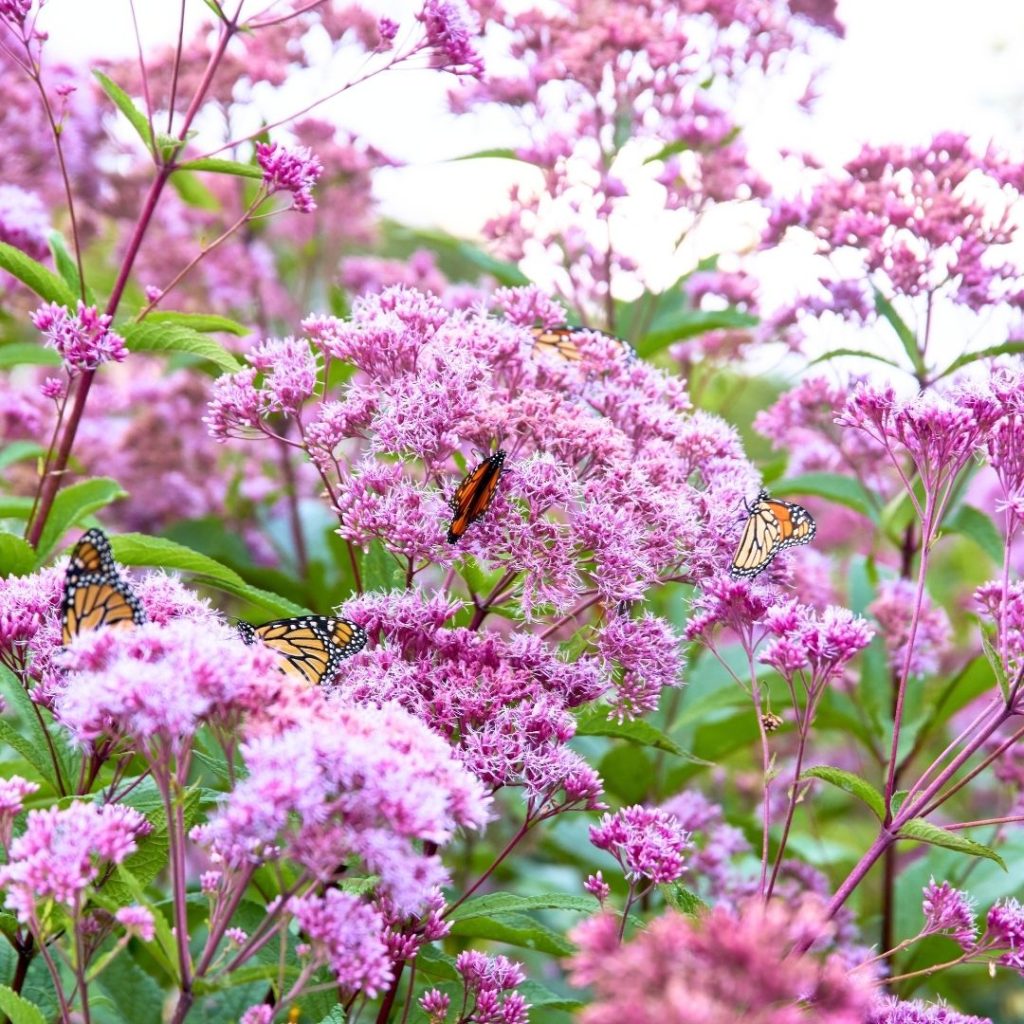
Joe Pye Weed is generally low‑maintenance and disease‑resistant, but watch for powdery mildew in humid climates.
Ensure good air circulation and avoid overhead watering to minimize fungal issues.
A light application of neem oil early in the season can prevent slug damage on young shoots.
Winter Care and Cleanup
Leave seed heads in place until late winter to provide habitat and food for birds.
Cut stems back to ground level just before new growth begins in spring.
Raking away old debris helps reduce the risk of overwintering pests.
Where to Source and Plant Joe Pye Weed
Native plant nurseries and online native seed companies often carry locally adapted Joe Pye Weed.
Look for bare‑root or potted plants in late spring for the best selection.
Plant in groups of three or more for a bolder visual impact and increased pollinator attraction.
Bonus: 5 Common Questions About Joe Pye Weed
- What is the best soil pH for Joe Pye Weed?
Aim for a pH of 6.0–7.0 to ensure optimal nutrient uptake and vibrant blooms. - Can Joe Pye Weed tolerate drought?
Once established, it handles light drought, but consistent moisture yields the best flowers. - How tall does Joe Pye Weed really get?
Most varieties reach 4–7 feet, making them ideal for the back of borders. - Is Joe Pye Weed deer‑resistant?
Yes—its sturdy stems and bitter foliage discourage deer from nibbling. - Can I start Joe Pye Weed from seed?
Absolutely! Stratify seeds by chilling them for 30 days, then sow in early spring for success.